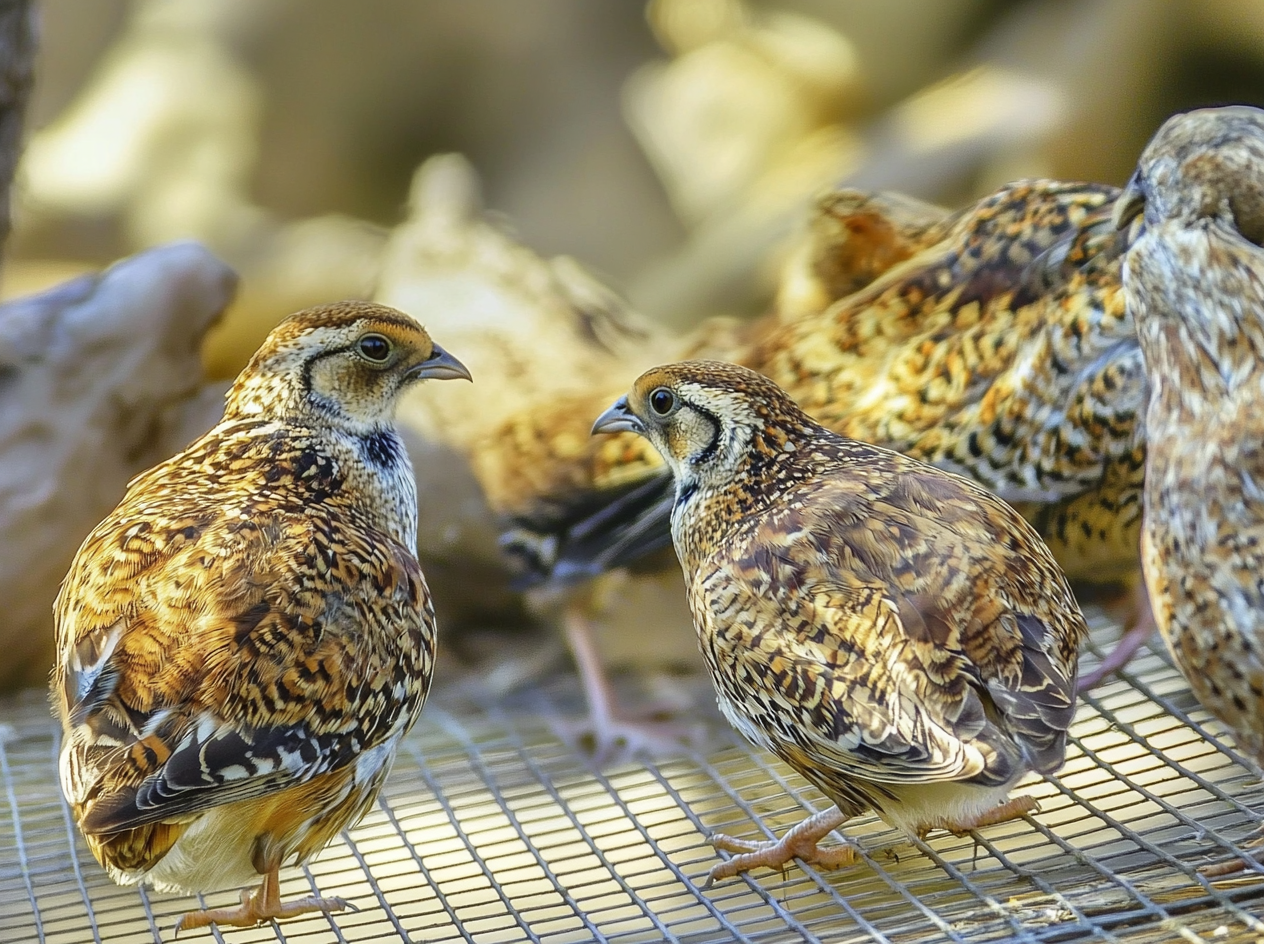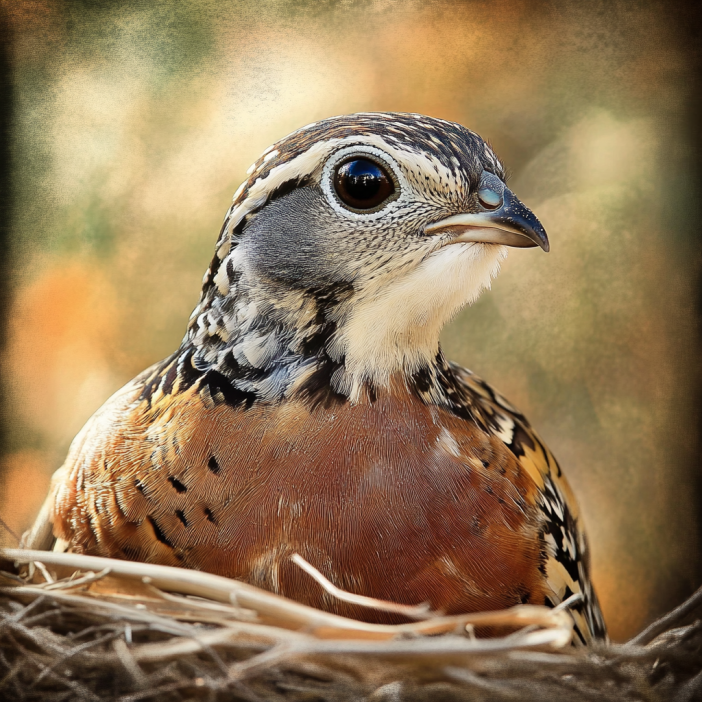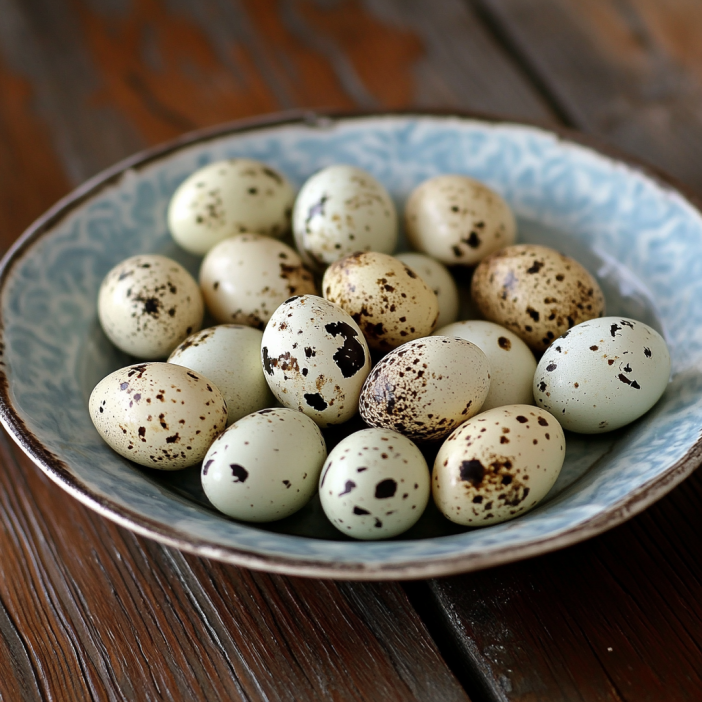Quail Farming Detailed: A Sustainable Protein Source for Small-Scale Producers, 3 Recipes
Quail farming is an emerging trend among Instagram homestead influencers, for good reasons. Why Quail? The Sustainable Advantage Quail—specifically…

Quail farming is an emerging trend among Instagram homestead influencers, for good reasons.
Disclosure: As an Amazon Associate, this site earns from qualifying purchases. Thank you!
Why Quail? The Sustainable Advantage
Quail—specifically Coturnix quail, the most common breed for meat and egg production—are tiny but mighty. These birds, native to parts of Europe, Asia, and Africa, have become a favorite among small-scale farmers and homesteaders for several reasons:
- Low Space Requirements: Quail thrive in compact spaces. A single quail needs just 1-2 square feet of cage space, making them ideal for urban backyards, small farms, or even balconies with proper permits. Compare that to chickens, which require 4-5 square feet each, and you’ll see why quail are space-efficient.
- Fast Growth and High Yield: Coturnix quail reach maturity in just 6-8 weeks, producing both meat and eggs. A mature quail weighs around 7-10 ounces, offering tender, low-fat meat packed with protein. A small flock of 50-100 birds can produce enough meat and eggs to sustain a family or generate surplus for local markets.
- Minimal Feed Costs: Quail eat less than chickens—about 20-25 grams of feed per day per bird. They can also forage on greens, insects, and kitchen scraps, reducing feed costs further. This efficiency translates to a lower carbon footprint compared to industrial poultry or beef production.
- Low Environmental Impact: Quail produce far fewer greenhouse gases and use less water and land than traditional livestock like cattle or even chickens. Their manure is rich in nitrogen, making it a fantastic natural fertilizer for gardens, closing the sustainability loop.
- Nutritional Powerhouse: Quail meat is lean, high in protein (about 20-25g per 100g), and packed with essential nutrients like iron, vitamin B12, and omega-3 fatty acids. It’s also lower in fat than chicken or turkey, aligning with health-conscious diets we champion at priceofmeat.com.

In short, quail farming is a sustainable, low-impact way to produce protein without the hidden costs of industrial meat—perfect for small-scale producers looking to make a difference in 2025.
Getting Started: Quail Farming Basics
Ready to dive into quail farming? Here’s a step-by-step guide to get you started, whether you’re a backyard enthusiast or a small farmer:
1. Choose Your Breed
- Coturnix Quail (Japanese Quail): The most popular for meat and eggs due to their rapid growth, docile nature, and adaptability. They’re also quiet, unlike some other quail species, making them ideal for urban settings. Fertile quail eggs can be bought online and incubated at home.
- Bobwhite Quail: Native to North America, these are harder to raise for meat but can work for ornamental or hunting purposes. Stick with Coturnix for beginners.
Source chicks or fertile eggs from reputable hatcheries or local farmers. Expect to pay $1-$3 per chick or $0.50-$1 per egg, depending on location and availability.
2. Set Up Housing
- Quail don’t need elaborate coops. A simple wire cage or converted shed works, with 1-2 square feet per bird. Ensure good ventilation, protection from predators (like rats or hawks), and a dry, draft-free environment.
- Use bedding like straw or wood shavings, and keep the area clean to prevent disease. Quail prefer temperatures between 65-75°F, but they tolerate a range with proper care.
3. Feed and Care
- Start with a high-protein game bird starter feed (25-30% protein) for chicks, transitioning to a 20-22% protein grower feed for adults. Supplement with greens, insects, or grit to mimic their natural diet.
- Quail need fresh water daily and clean housing to prevent respiratory issues. They’re low-maintenance—spending 10-15 minutes daily per 50 birds is often enough.
4. Harvesting Quail Eggs

- Harvesting quail eggs is a straightforward but delicate process, done by hand due to the small size and fragility of the eggs. Quails lay eggs daily, usually one per hen, though some can produce more under the right conditions.
- The process starts with checking the nesting or bedding areas where quail lay. Keepers usually collect the eggs one or twice a day, often in the morning and late afternoon.
5. Harvesting for Meat
- Quail are ready for harvest at 6-8 weeks, weighing 7-10 ounces each. Use humane methods and process the birds (Warning: Link contains pictures of processing quail) for meat or freeze them for later.
- Each bird yields about 5-7 ounces of boneless meat, perfect for recipes like quail stir-fries, grilled skewers, or stews. Their small size makes them ideal for portion control, supporting our “eat less, but better” philosophy.
6. Legal Considerations
- Check local zoning laws, as some areas regulate poultry or game bird farming. Quail are often allowed where chickens aren’t, but permits may be required for commercial sales.
- Ensure compliance with food safety regulations if selling meat or eggs, and consider joining a local farmers’ market or co-op for distribution.
Quail Meat: Recipes and Pairings
Quail meat is tender, flavorful, and versatile, making it a delightful addition to any table. Here are two simple recipes to inspire your culinary adventures:
Grilled Quail Skewers
- Ingredients: 4 quail (boned or whole), 2 tbsp olive oil, 1 tsp garlic powder, 1 tsp paprika, salt, pepper, and wooden skewers.
- Method: Marinate quail in oil and spices for 2 hours. Skewer the birds (or pieces) and grill over medium heat for 5-7 minutes per side until golden. Serve with a side of roasted vegetables or quinoa.
- Pairing: A light Pinot Noir or a crisp lager complements the rich, gamey flavor.
Quail and Wild Mushroom Stew
- Ingredients: 6 quail (quartered), 2 cups wild mushrooms (shiitake or chanterelle), 1 onion (diced), 2 cups chicken broth, thyme, salt, pepper.
- Method: Brown quail in a pot, add onions and mushrooms, then pour in broth. Simmer for 30 minutes until tender. Season and serve with crusty bread.
- Pairing: Pair with a robust Cabernet Sauvignon or a hearty ale for a cozy winter meal.
These recipes highlight quail’s versatility, low fat, and nutritional benefits, aligning with priceofmeat.com’s focus on ethical, healthy eating. Here are 5 more of our favorite quail meat recipes. As well as 11 Ways to Cook Quail Eggs.
Challenges and Tips for Success
While quail farming is low-risk, it’s not without challenges. Here’s how to overcome them:
- Predators: Protect your flock with secure cages and nightly checks for rats, cats, or birds of prey.
- Disease: Maintain hygiene and quarantine new birds to prevent outbreaks like coccidiosis.
- Market Demand: Start small—sell to local restaurants, farmers’ markets, or friends. Quail meat and eggs are niche but growing in popularity among health-conscious and sustainable eaters.
To boost profitability, consider dual-purpose production (meat and eggs) or selling fertilized eggs to other farmers. With a small investment—$200-$500 for 50 chicks, cages, and feed—you can start generating income within months.
The Bigger Picture: Quail and Sustainability
At priceofmeat.com, we’re all about reducing the environmental and health costs of industrial meat while celebrating traditional, sustainable options. Quail farming checks every box: it uses less land, water, and feed than beef or chicken, produces minimal emissions, and offers a nutritious, ethical protein. By 2025, as climate concerns and meat prices continue to rise, quail could become a cornerstone for small-scale producers looking to meet demand for low-impact proteins.
Whether you’re a farmer, homesteader, or simply curious about sustainable eating, quail farming offers a practical, profitable way to contribute to a healthier planet and plate. So, why not give these little birds a chance? Your wallet, your health, and the environment will thank you.
Next Steps for Readers
- Learn More: Visit local agricultural extensions or online forums like Backyard Quail for tips and community support.
- Get Started: Order Coturnix chicks from hatcheries like Stromberg’s Chickens or Ideal Poultry, and start with a small flock of 5-8 birds.





